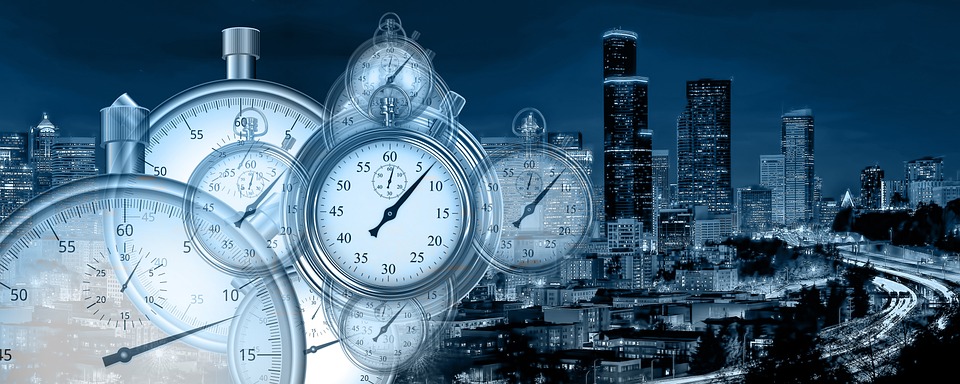Student Loan Payments Set To Restart After More Than Three Years On Pause

Image Source: Pixabay
The more than three-year break from student loan payments is about to end. That’s more bad news for an economy that depends on consumer spending.
Interest accrual on student loans will restart on September first with payments resuming Oct. 1.
The Trump administration paused student loan repayment for the first time in March 2020 as governments began locking people down due to COVID-19. The Biden administration extended the pause eight times. Nearly three and a half years later, borrowers are about to start paying again and it will be a big shock to many budgets.
Around 40 million Americans have outstanding student loans totaling $1.57 trillion. When the US government stopped defaults and allowed borrowers to pause payments due to the COVID-19 pandemic, 11.1% of student loans were 90 days or more delinquent or were in default. This didn’t include the people who were in various deferment programs and were not counted as delinquent.
According to a recent survey by CreditKarma, 56% of federal student loan borrowers say they will have to choose between making student loan payments and paying for necessities such as rent, bills, and groceries.
Forty-five percent of federal student loan borrowers expect to go delinquent on their student loan payments once forbearance ends.
Meanwhile, the vast majority of student loan borrowers said they will need to make budgetary changes in order to make their loan payments. These include cutting spending on non-necessities such as eating out and subscriptions, taking on additional work, dipping into savings, decreasing the amount of money going into retirement savings, and moving into more affordable housing.
Even with loan payments paused, many student loan borrowers say they are struggling to keep up with expenses. Fifty-three percent of borrowers surveyed said they are currently struggling to pay other bills (e.g. auto loan, mortgage, credit card), even though they have not been making their student loan payments.
The resumption of student loan payments will reverberate through the economy. Consumer spending primarily drives growth in the US. As spending is shifted from buying goods and services to paying student loans, it will add to recessionary pressures.
This is yet another reason to question the “soft landing” narrative. Despite all the rosy economic narratives out there, Americans are under a tremendous amount of financial stress.
On Aug. 22, the Biden administration announced the “Saving on a Valuable Education” (SAVE), a new repayment program that will reportedly lower or eliminate monthly payments for more than 20 million borrowers.
The plan might take the burden off some student loan borrowers, but in effect, it just shifts that burden to the taxpayer.
Nothing the government does is free. Ultimately, student loan debt relief will add to the already massive budget deficits. That means Uncle Sam will have to borrow more money that taxpayers will have to repay, either in higher taxes or the inflation tax.
This is yet another example of the government trying to fix a problem it created in the first place.
The widespread availability of student loans drove up college tuition in the first place. Studies have shown the influx of government-backed student loan money into the university system is directly linked to the surging cost of a college education.
More By This Author:
Americans Have Nearly Depleted Their Excess SavingsBanks Borrowed More Than $3 Billion From Fed Bailout Program In July
The Global Bank Credit Crisis



